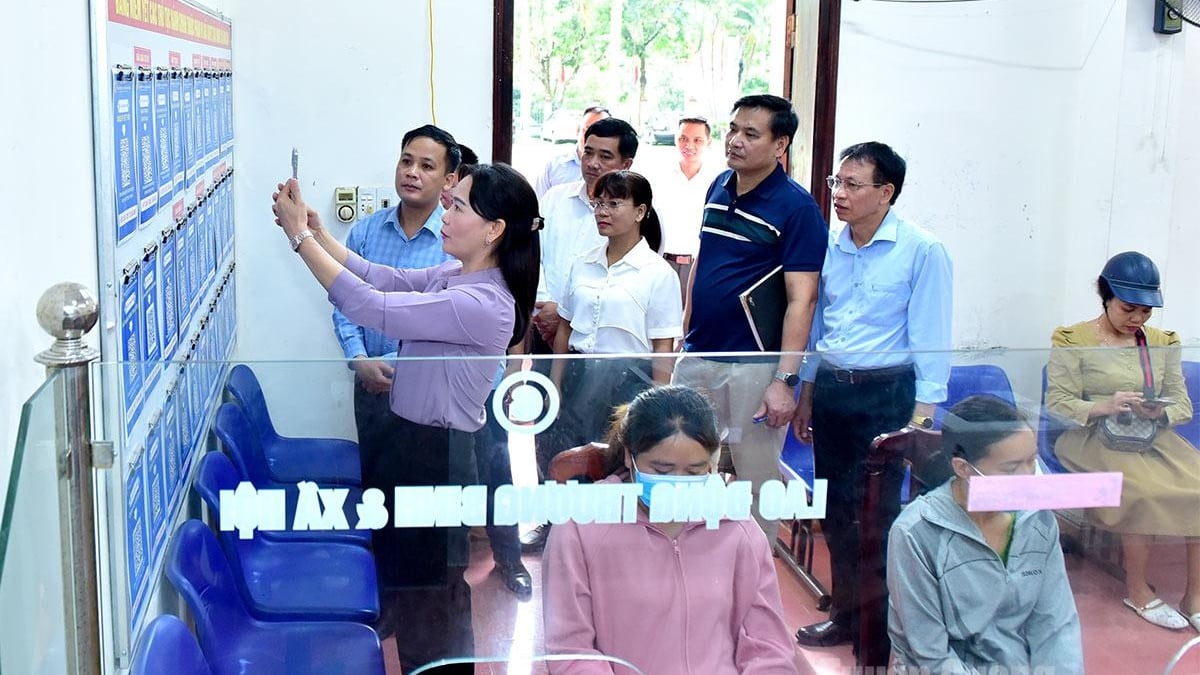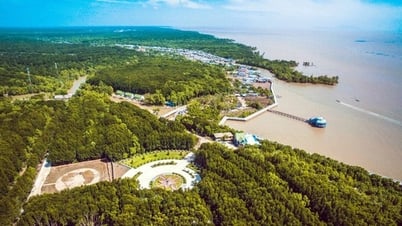Below, Panoma engineers will answer the above questions step by step:
To calculate the number of fans needed, we divide it into 2 main steps:
Step 1: Determine the volume of air that needs to be exchanged in 1 hour.
Step 2: Calculate and select the number of industrial exhaust fans
Now, we will implement the calculation step by step:
I. Step 1 - Determine the volume of air that needs to be exchanged (ventilated) in 1 hour.
1.1. Calculate factory volume
Factory volume (unit: m 3 ) = Length x Width x Height (unit: m)
Real life example:
Factory volume requiring ventilation = Length x Width x Height = 60 x 30 x 6 = 10,800 (m 3 )

1.2. Determine the number of air exchanges
According to experience in calculating and designing cooling systems, the number of air circulation (exchange) times is usually from 40 to 70 times/hour. This number can increase or decrease depending on the type of space and working environment.
Real life example:
The factory that needs to be installed is a garment factory. The characteristics of a garment factory are excess heat from many machines, lights, boilers, a large number of workers, etc. To ensure ventilation specifications, the appropriate number of circulations (air changes) is from 50 ÷ 70 times/hour.
Here we choose the number of air exchanges as 60 times/hour (that is, every 1 minute there will be a change of clean air for all the air in the workshop).

Image of factory with ventilation system installed
1.3. Calculate the volume of air that needs to be exchanged (ventilated) in 1 hour
Volume of air needed for ventilation in 1 hour = (Number of air exchanges) x (Volume of factory)
Real life example:
Volume of air to be exchanged in 1 hour = 60 x 10,800 = 648,000 (m 3 )
That means in 1 hour, the garment factory needs to exchange (ventilate) 648,000 m3 of air to ensure air quality for workers.

II. Step 2 - Calculate and select industrial fan equipment
Number of fans needed = (Volume of air to be exchanged in 1 hour) : (Air flow of 1 fan)
To calculate the number of fans, you must choose the appropriate fan model and determine the fan's air flow.
In our experience, for factories (eg: textile, printing, packaging,...) fans with air flow of 36,000 (m 3 /h), 46,000 (m 3 /h) or 48,000 (m 3 /h); 58,000 (m 3 /h) are more commonly used. You can choose fans with galvanized steel or composite frames.
Real life example:
- The garment factory chose to use an industrial fan with an air flow of 46,000 m3 /h, an electric capacity of 1.1 kW with the following dimensions: Length 1380 x width 1380 x thickness 400 (mm)
- Number of fans needed = 648,000 : 46,000 = 14 (Fans)
So this garment factory needs 14 fans (industrial square exhaust fans) with a flow rate of 46,000 m3 /h; Fan size: 1380 x 1380 x 400(mm).
Note:
To save installation costs and factory space, you can choose a fan with a larger air flow. For example, if you choose a high-performance POM ventilation fan with a flow rate of 58,000 (m 3 /h), the actual number of fans you need is only 11 fans.
At the same time, when installing the fan, we recommend that you use protection devices: Overload, overheating, phase loss protection,... for safe operation.

Image of fan control cabinet
III. System cleaning and maintenance
To ensure the system operates efficiently and durably, you should pay attention to cleaning and periodically maintaining the ventilation fan system from the first years of use:
- Maintenance: Minimum frequency 1 time/ 12 months.
- Dust cleaning: Frequency 1 time/ 2-3 months.
- Check the lubricating oil at the bearing shaft of the motor pulley shaft and the fan pulley shaft. If it is dry or unstable, it needs to be added.
- Check the belt (for indirect drive fans): Tighten the belt if it is found to be loose (Or contact the supplier for advice and instructions).

Note: For environments with a lot of dust, corrosive substances, etc., the periodic maintenance and cleaning time should be shortened to suit reality./.
DC
Source





































































































Comment (0)